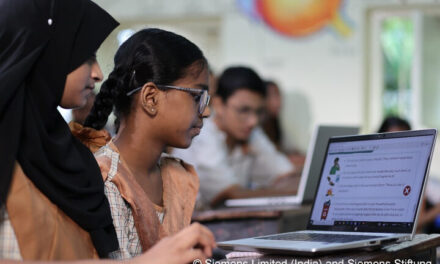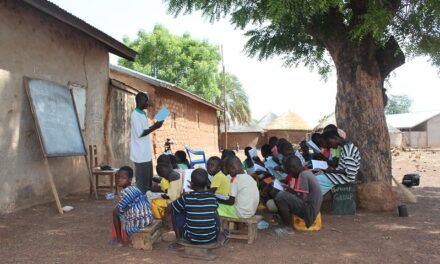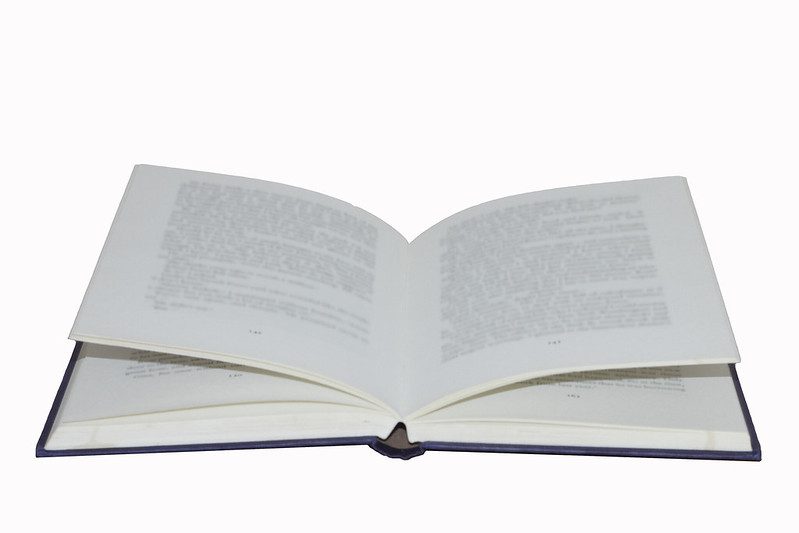This blog was written by Sahib Madad, MPhil Education student at the Aga Khan University, Institute for Educational Development, Karachi, Pakistan.
Colonialism did not simply introduce schools to South Asia; it re-engineered knowledge systems, reorganised access to education and embedded epistemic hierarchies that continue to shape modern schooling across India, Pakistan and Singapore. British education policy in Asia was never neutral. It was a deliberate political project designed to create a class of intermediaries, reinforce social hierarchies and align education with the needs of the colonial administration. The long-term effects are visible in curriculum choices, language policies and institutional structures of education. This literature review consists of classical and contemporary works on colonial education, focusing on how schooling was reshaped and how these legacies are persisting now.
Colonial rationality and the formation of modern education
The starting point of colonial education in India can be traced to Thomas Babington Macaulay’s Minute on Indian Education (1835). Macaulay famously argued for English-medium instruction and the creation of a class of people “Indian in blood and color, but English in taste”, in opinions, in morals and in intellect. He further argued that English was the best choice because it offered vast literature and scientific knowledge and served as the language of governance, commerce and global influence. Similarly, in Singapore, colonial policies prioritised English and often overlooked local communities’ needs, favouring administrative efficiency. Singapore’s official multiculturalism and national identity are deeply rooted in colonial definitions of citizenship and language, particularly the use of English.
Education is a part of the wider colonial project of legitimising British authority in Asia. Colonial administrators saw schooling as a means of moral governance and social engineering. While promising “civilization” and uplift, colonial education policy reinforced segregation by selectively empowering elites who could serve the administration. Similarly, schooling served to consolidate urban elites, while excluding vast rural populations, thereby deepening inequalities.
A cultural dimension shows how English literary studies were deliberately deployed to legitimise colonial domination. Viswanathan argues, “They were not neutral spaces but cultural technologies of rule that shaped subjectivity, produced colonial loyalties, and erased indigenous epistemology.” Together, these references reveal that the modern school system in South Asia emerged not from educational philanthropy but from a deliberate colonial strategy of governance.
Curriculum, pedagogy and the removal of indigenous knowledge
One of the most enduring legacies of colonialism lies in the shaping of curriculum and pedagogy. Colonial schooling replaced oral traditions, apprenticeship-based learning and holistic pedagogies with teacher-centered, text-based and examination-driven practices. This model was designed to produce uniformity, docility and bureaucratic efficiency, rather than critical or creative learners. Post-colonial states inherited this legacy, making subsequent reforms superficial because the deeper pedagogical culture remained intact.
How has colonial education reshaped self-perceptions and cultural identities? Colonial pedagogy cultivated internalised inferiority, eroding confidence in indigenous knowledge systems and languages. History textbooks of Singapore from 1984 to 2015 show the systematic omission of local environmental and indigenous ecological perspectives.
A different stance shows that nationalist elites, while resisting colonial domination, nevertheless adopted the same institutional frameworks of schooling. In trying to build modern nation-states, Indian and Pakistani leaders reworked colonial educational logic but rarely dismantled it. This paradox underscores how deep colonial forms were embedded in the region’s educational DNA.
Language, identity and education under colonialism
Language and education were central arenas where colonialism reshaped identity in Pakistan, India and Singapore. In South Asia, colonial education entrenched English as the language of administration and elite schooling, producing enduring hierarchies that outlasted formal empire. Studies show how colonial schooling in India institutionalised English while relegating vernacular languages to the margins, creating a lasting divide between elite English-medium education and underfunded indigenous schooling. In Pakistan, these hierarchies were inherited and complicated after partition, as Urdu was elevated to national status, but English retained its role as a gatekeeper to power and privilege, sustaining inequalities across linguistic and class lines. This tension reflected the deeper continuities of colonial bureaucratic and educational frameworks, where centralisation and elite schooling models limited pedagogical innovation and reinforced stratification.
Singapore illustrates a parallel but distinct trajectory, where colonial authorities promoted English-medium education as a pathway to administrative and commercial success, while Chinese, Malay and Tamil schools were neglected. Research highlights how colonial education policy not only marginalised local languages but also tied English to ideas of progress and loyalty to empire. The privileging of English created durable educational hierarchies, and even after independence, bilingual policies institutionalised these colonial legacies by enshrining English as the primary medium of instruction and economic mobility, while other languages were re-framed as cultural markers. Taken together, the cases of Pakistan, India and Singapore demonstrate how colonial language policies shaped national identities and perpetuated linguistic stratification within education systems that persist into the present.
Inequality, access and the expansion of private schooling
Colonial education across India, Pakistan and Singapore was deeply exclusionary, privileging elites through selective access and English-medium schooling, while sidelining local communities and languages. This produced cultural monopolies, where education reinforced elite reproduction. These hierarchies continue to shape contemporary systems: in Pakistan, private English-medium schools reproduce colonial class divisions; in India, the dominance of private English-medium education sustains inequity; and in Singapore, colonial privileging of English schools over Chinese, Malay and Tamil institutions entrenches linguistic and social stratification that still informs today’s bilingual policy.
Contemporary debate on decolonising education
Recent studies see educational reform as a fight against colonial influence. Genuine reform in India requires not just curricular changes but also dismantling epistemic hierarchies that privilege Western knowledge. Similarly, decolonising education entails restructuring power relations in knowledge production, empowering teachers and integrating indigenous epistemology. In Pakistan, post-colonial elites have selectively maintained colonial institutions for their benefit, while failing to invest in equitable mass education. The persistence of English as the gatekeeper to upward mobility is a direct colonial inheritance that undermines democratic educational goals.
Singapore adds another dimension to these debates, where colonial privileging of English-medium education continues to shape contemporary schooling. Colonial education framed English as the language of progress and loyalty, a logic that carried into the postcolonial bilingual policy, in which English remains dominant and local languages are relegated to cultural status. The decline of Chinese-medium schools during late colonialism and early independence reflects the durability of colonial hierarchies in language and identity. In this context, decolonising education in Singapore involves grappling with the enduring dominance of English, while seeking meaningful ways to restore the value of local languages and re-imagine cultural identity in education.
Methodological reflections
The reviewed works show clear biases. Classical work emphasises elite policy debates, while newer studies bring in classroom and sociological perspectives. For Singapore, much scholarship remains policy-focused, leaving everyday school practices under-explored. What is missing across all three contexts are micro-level ethnographies of how colonial legacies shape classrooms, teacher agency and student experiences. Comparative research across India, Pakistan and Singapore could highlight shared colonial inheritances, such as English dominance, and divergent postcolonial paths, from Pakistan’s Urdu–English divide to Singapore’s bilingual policy.
Conclusion
Literature shows that colonialism did not simply introduce schools in India, Pakistan and Singapore; it reshaped knowledge systems, entrenched hierarchies and created linguistic and cultural divisions that persist today. English-medium education became both a symbol of progress and a gatekeeper to power, producing long-term inequalities. While India and Pakistan inherited stratified systems, where private schooling and language policy reproduce colonial divides, Singapore institutionalised English dominance through bilingual policies that continue to marginalise local languages. Postcolonial reforms across all three contexts often reinforced rather than dismantled these legacies. Decolonising education therefore requires more than curricular adjustments: it demands structural and epistemic change to challenge inherited hierarchies, democratise access and value indigenous knowledge systems. Only through such transformation can education move from reproducing colonial logic to enabling equitable and inclusive futures.





